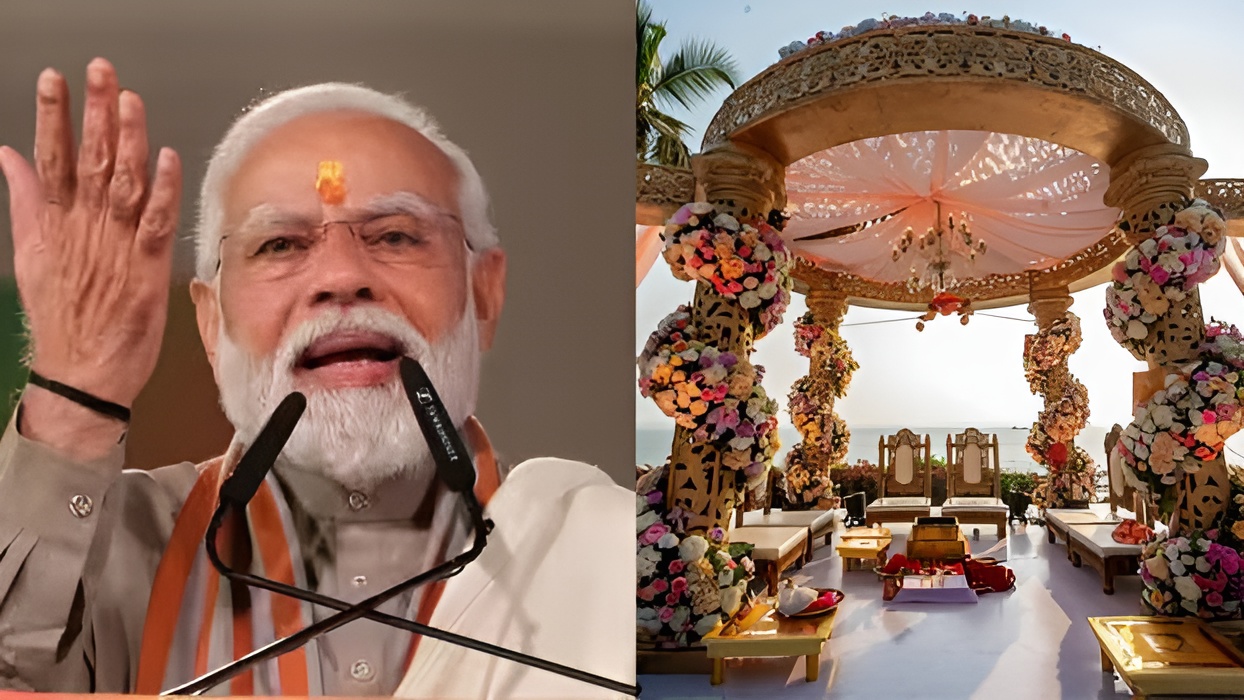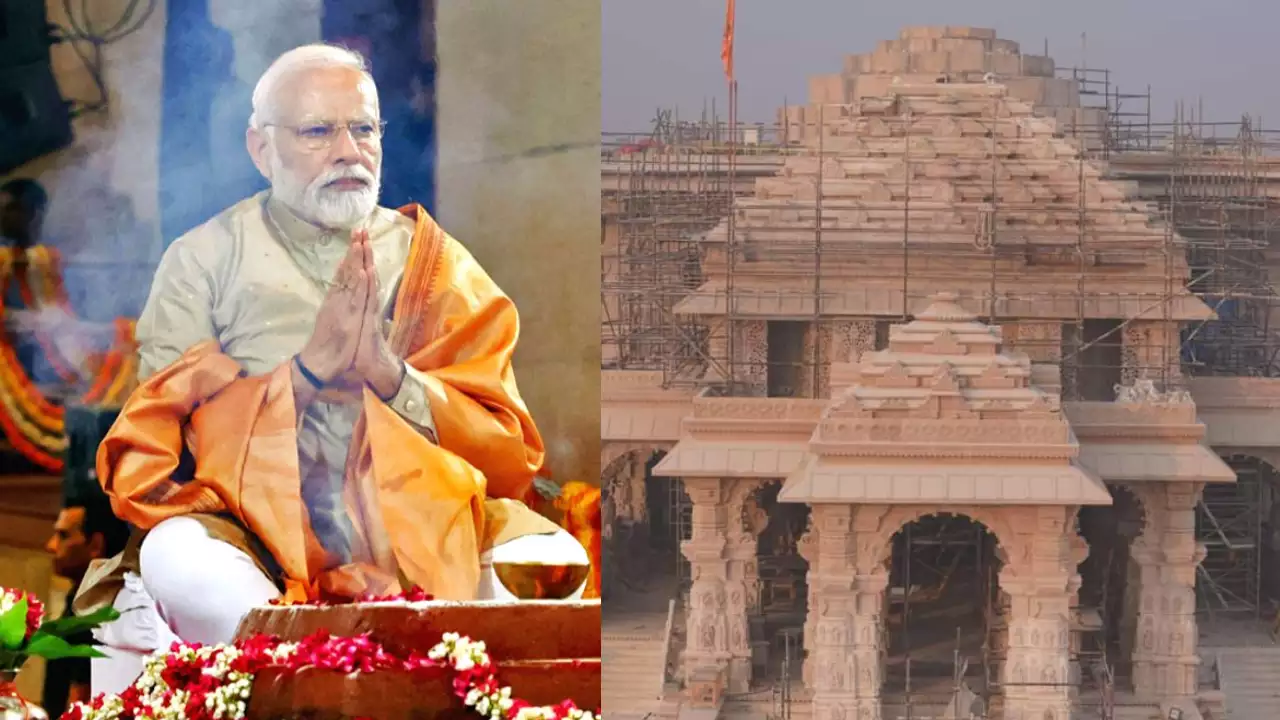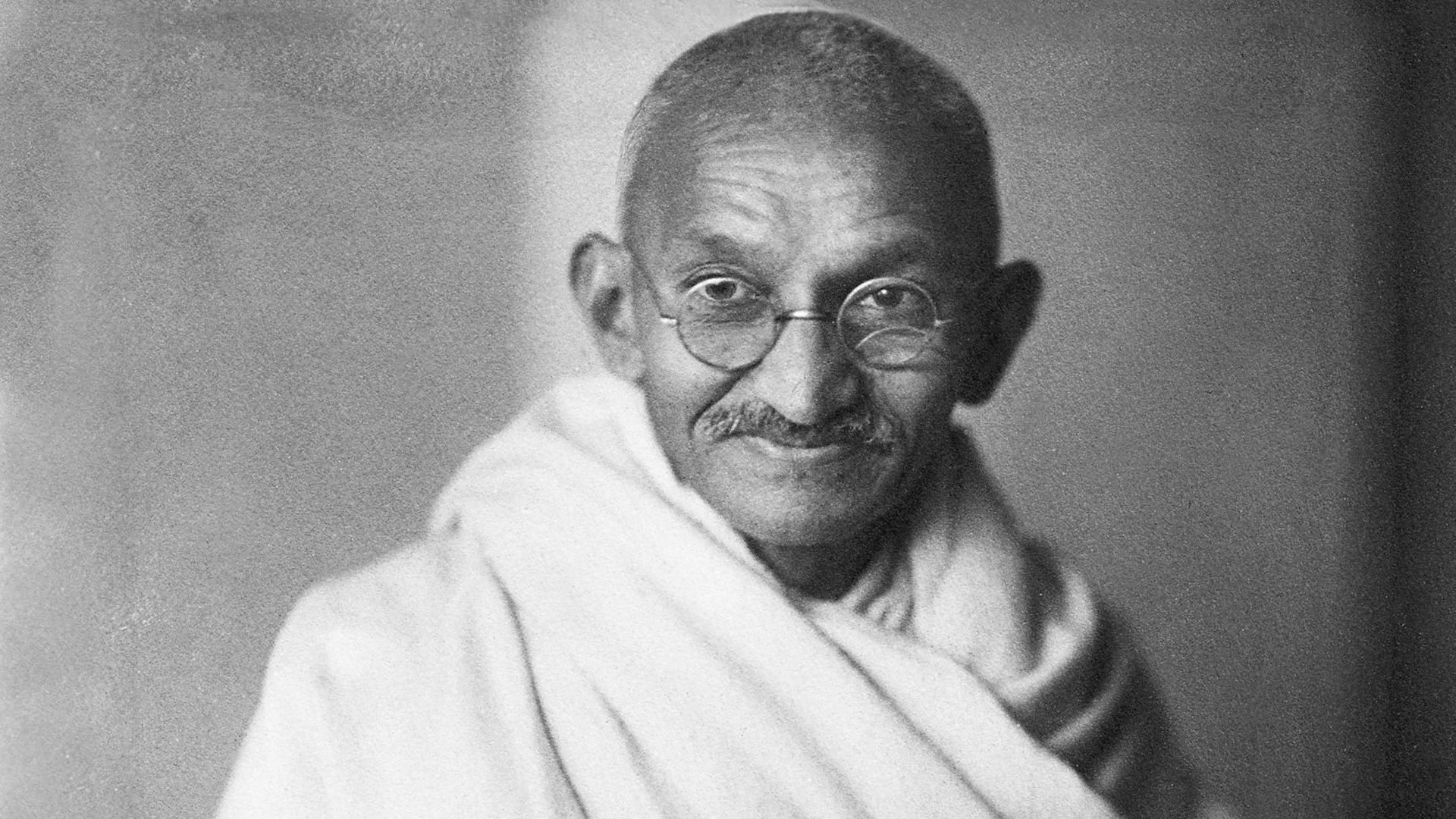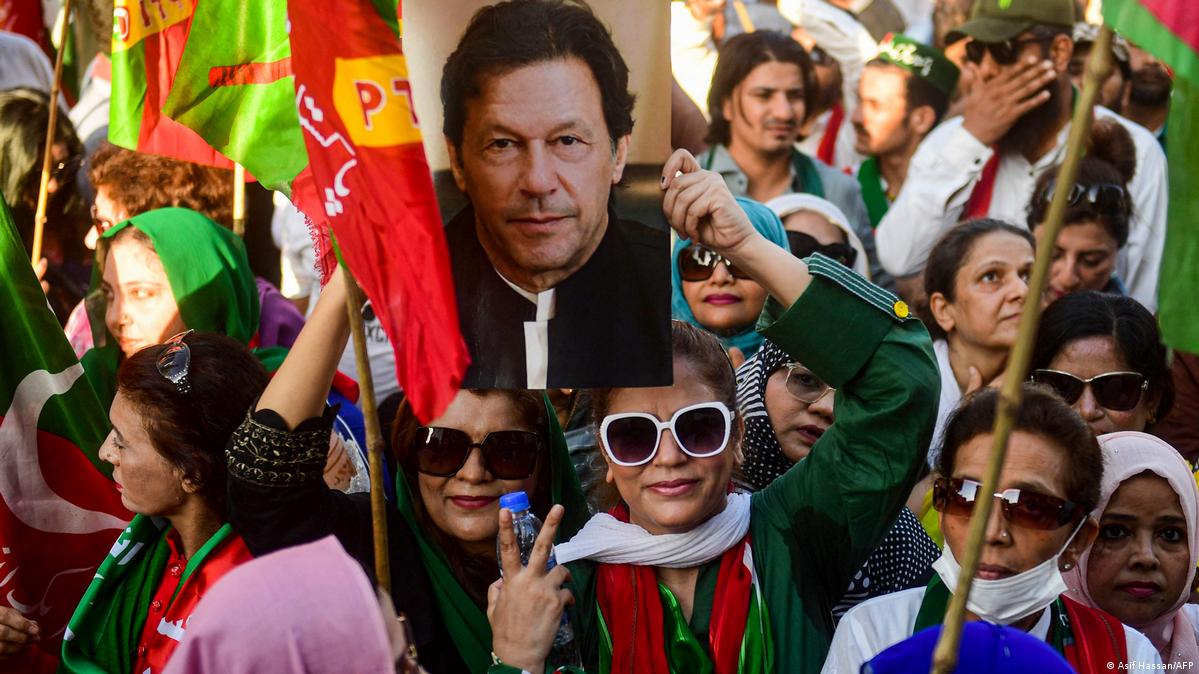After being founded with much excitement just six months ago, the I.N.D.I.A. bloc is now facing internal struggle and division, which is causing a seismic shift in the political landscape of India. The formerly cohesive front of 26 opposition parties, which was supposed to take on the BJP in the 2024 Lok Sabha elections, is now slowly disintegrating, which is bad news for the party’s chances.
A notable fissure in the opposition coalition surfaced in West Bengal as TMC chief and chief minister Mamata Banerjee chose to distance herself from the alliance by adopting an “ekla chalo re” strategy. After initially deciding to give up just two of the 42 seats to the Congress, the TMC has now made the unilateral decision to run for all 42 seats. The objectives of the I.N.D.I.A. alliance in West Bengal have suffered a significant setback due to this strategic shift.
The AAP decided to go it alone in Punjab, another crucial battleground, ending months of tense talks with the Congress. Now that an alliance is out of the question, the AAP and the Congress are set to compete for 13 seats each. This action highlights the anti-Congress feeling among a sizable segment of the electorate and follows the AAP’s triumph against the Congress in the 2022 state elections.
Nitish Kumar, who was previously regarded as a formidable candidate for the role of I.N.D.I.A. Convenor in Bihar, has rejoined the NDA. The NDA gained 39 of the 40 seats in the state in 2019 and now holds a stronger position because of this realignment. The political landscape in Bihar has changed dramatically since Nitish Kumar left the opposition alliance, presenting a threat to the united powers of the JDU, RJD, INC, and Left Parties.
Maharashtra is not exempt from the internal conflicts that exist among the opposition. There was room for smaller parties as the Congress fought for 25 seats and the NCP contested 19. Negotiations, however, were halted by the Uddhav branch of the Shiv Sena, who were demanding 23 seats despite their lower standing within the party. For the opposition in the state, things got much more complicated when the NCP split as well.
A stalemate in negotiations between the Congress and the Samajwadi Party is being observed in Uttar Pradesh, a state of great importance with a large number of seats. Only eleven seats have been given by Akhilesh Yadav’s party; the Congress is requesting twenty. The impasse casts doubt on the opposition’s capacity to put up a united front in a state where the BJP holds a sizable lead.
All of these changes could have an effect on the results of the elections in important states like Punjab, West Bengal, Uttar Pradesh, and Maharashtra. With 223 seats, these states were crucial to the opposition’s aspirations of seriously undermining the BJP’s 303 seats and substantial vote share in the 2019 elections.
With great hoopla, the I.N.D.I.A. bloc was founded with the intention of bringing together several regional parties under one roof. The coalition posed a serious threat to the BJP-led NDA in power and comprised organisations such as the RJD, DMK, JMM, NCP, IUML, JD (U), Shiv Sena (Uddhav group), TMC, SP, and the AAP.
Supporters of the opposition were initially encouraged by the I.N.D.I.A. coalition, as analysts anticipated a strong challenge to the BJP in the next general elections. The coalition attracted a lot of media coverage, which helped to shape the political conversation in the first few months.
However, a false sense of confidence resulted from the Congress’s change in attention to state elections, which was bolstered by early indicators predicting potential victory in three of the five states. When the election results were announced, the Congress had only won one state, Telangana, and the allies were beginning to feel resentful. The Congress had hoped to use these successes as negotiating chips against regional parties.
Regional factions, such as the TMC, had pushed the establishment party to restrict its contest to 300 seats out of the 422 seats that the Congress fought for in 2019. This equation has been drastically changed by the recent events in West Bengal and Punjab, and everyone is now focused on Uttar Pradesh. In the event that an alliance does not emerge there, as now appears inevitable, the I.N.D.I.A. bloc may find itself rendered ineffectual.
The coalition would then return to the previous UPA, which was in power in 2019 in states like Kerala, Tamil Nadu, Jharkhand, Bihar, and Maharashtra and accounted for a combined total of merely 161 seats (30% of the Lok Sabha’s total strength). The once-promising I.N.D.I.A. alliance now seems to be in total chaos, which is a big plus for the BJP, especially in light of the nation’s intensely emotional climate after the Ram Mandir was inaugurated. With internal strife, the opposition will have a difficult time putting up a united front and challenging the ruling party in the next elections.








